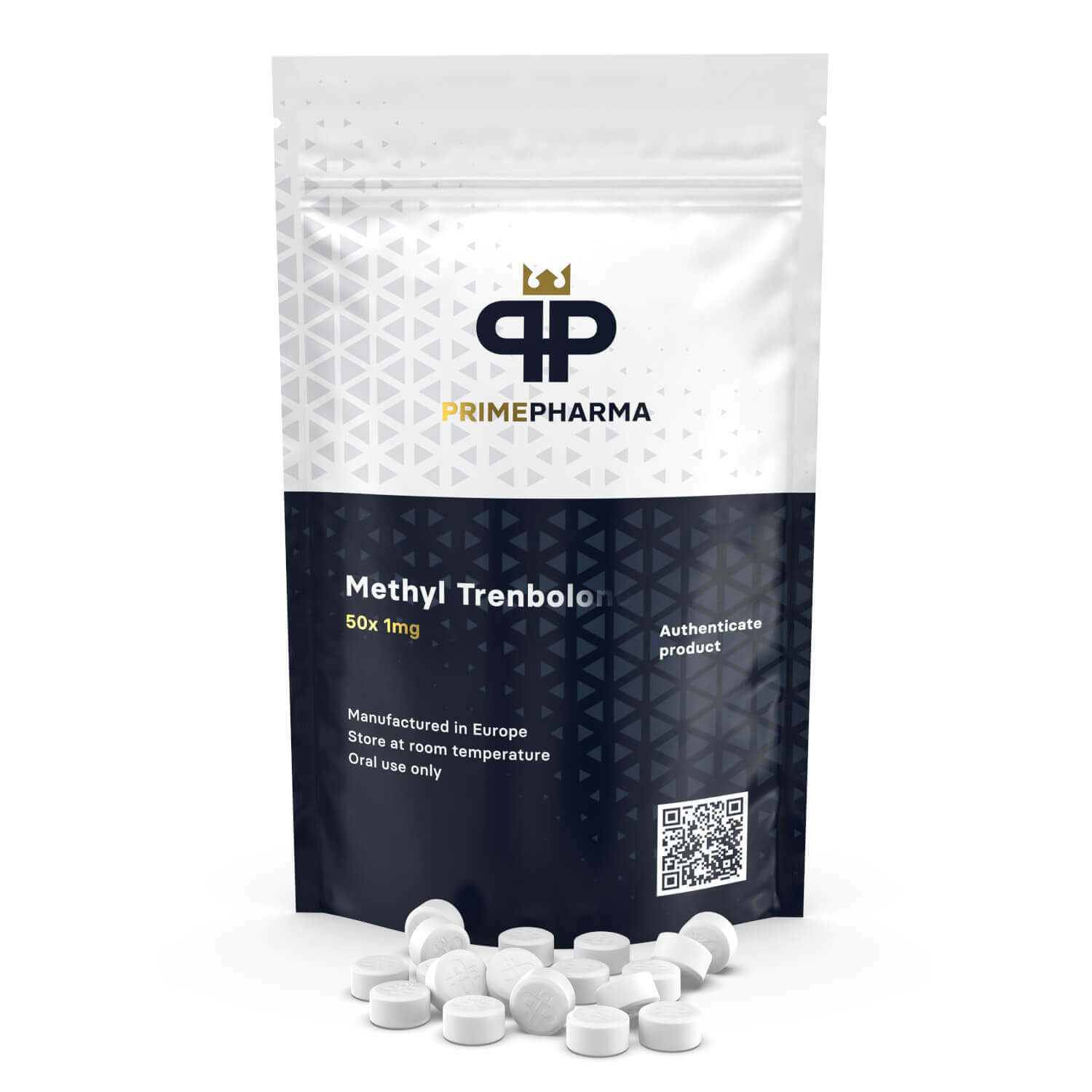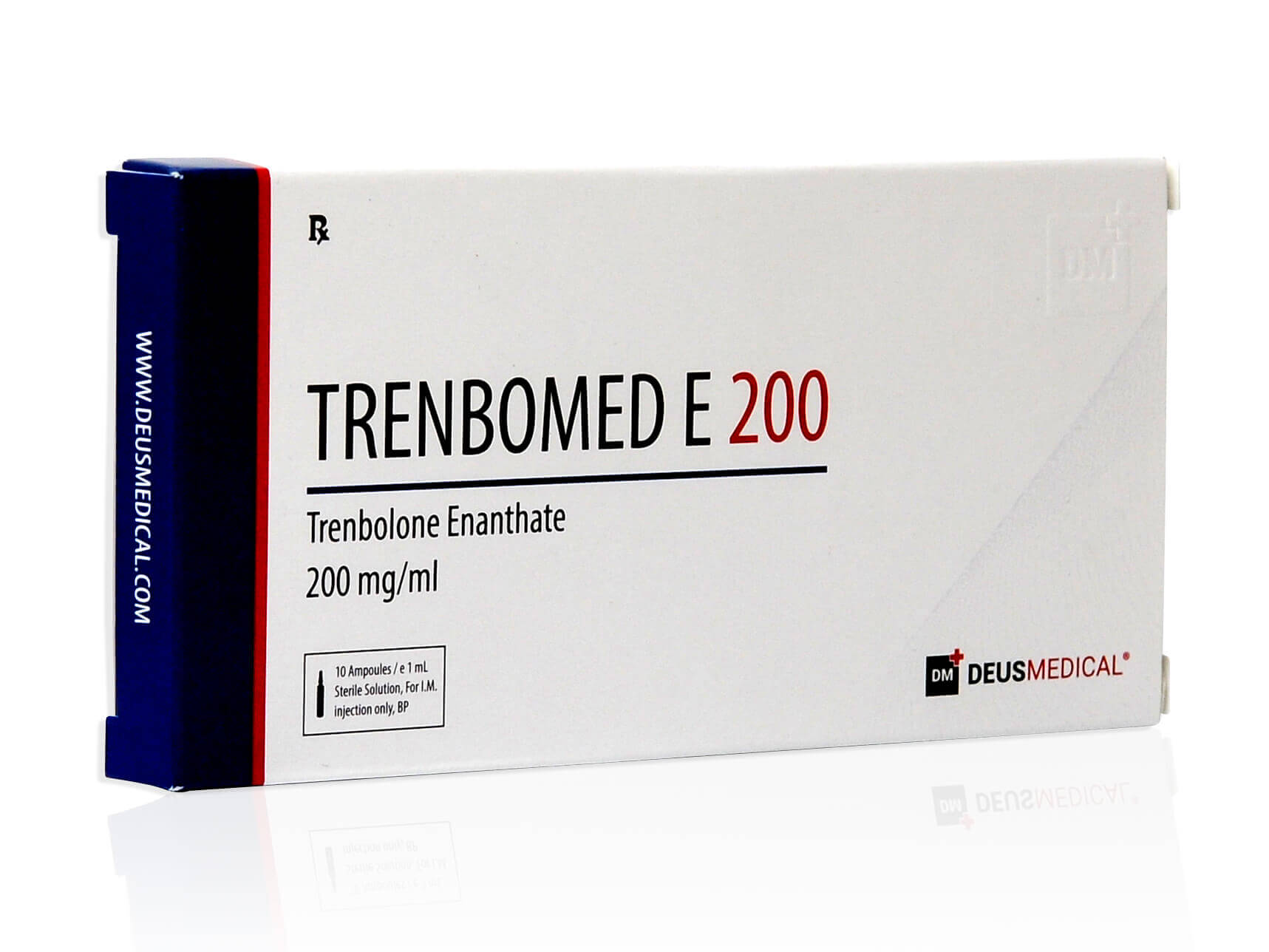Welcome to Parabolan Steroids!
This website is dedicated to providing you a fair and rational overview of the specific
nature of parabolan in conjunction with the trenbolone steroid in general.
Those who run a parabolan cycle for the first time are unlikely to forget its potent effects on their body; a modified variant of trenbolone, this incredible com pound is regarded by many as being the ”king” of all anabolic steroids.
pound is regarded by many as being the ”king” of all anabolic steroids.
Of course, if this was truly the case, nobody would use any other product to achieve their goals...whilst many compounds (including this one) display highly prominent features, they are all “specialists” of their own niches.
As such, we’re going to give you a fair and rational overview of the specific nature of parabolan in conjunction with the trenbolone steroid in general.
Once you reach the conclusion of this profile, you’ll fully understand this unique and highly effective steroid - everything from dosage principles to cycle stacks and characteristics are going to be laid out for your convenience.
We’ll first break down precisely what trenbolone is and how it works within the body before we move onto administration practices and tips for optimising parabolans functionality within your system.
What Is Trenbolone?
Trenbolone is a veterinary grade (officially / currently) compound that saw a great deal of success within the medical industry during the 80’s thanks to a company named FinaJet.
We’ll touch more on its rich history shortly, but for now we’re going to assess the structure of this compound so that we can understand how it came to be held in such high regard.
Trenbolone - Molecular Analysis
Regardless of whether we’re looking at trenbolone acetate, trenbolone enanthate or trenbolone hexahydrobenzylcarbonate (this is the “official” name for parabolan...there’s little wonder why it got abbreviated!) the molecular structure of the trenbolone compound itself is universally the same.
So too are the results one can achieve when using it - we’ll be going a little more in depth on these positive traits shortly.
At its most basic level, trenbolone is simply a modified version of the nandrolone steroid (deca). Both nandrolone and trenbolone fall into what’s known as the “19-nor” group of steroids.
The body actually produces its own 19-Nor steroids / prohormones, but it does so to a much lesser extent than the “standard” C18 and C19 steroids.
C19 steroids feature 19 carbons and officially belong to the “androgen” group of steroids.
It’s through the aromatization process that they actually lose their 19th carbon and become a C18 steroid, following which they adopt the 18 carbon “trademark” appearance we recognise as being responsible for the release of estrogens.
19-Nor steroids are a little different to standard C19 steroids in that they do not feature a 19th carbon whatsoever (which in turn means the hydrogen atom associated with the 19th carbon at the 11th carbon position is not present either.)
You would think by default that this would make them estrogenic in nature - yet they are actually androgenic.
 What we’re then left with is a steroid “hybrid” - hence the name differentiation and the unique qualities on offer. Due to the “simplified” structure of the 19-Nor steroid group, it actually binds to skeletal muscle more readily than the C18 group.
What we’re then left with is a steroid “hybrid” - hence the name differentiation and the unique qualities on offer. Due to the “simplified” structure of the 19-Nor steroid group, it actually binds to skeletal muscle more readily than the C18 group.
This is in part because its simple structure dictates that it has less “functions” to perform within the body.
Whereas a standard C19 structured steroid would be diverted for use within the prostate gland (and other sexual tissue) in conjunction with some skeletal tissue activity, the 19-Nor can’t multitask quite as well as its larger “brother”.
From an anabolic perspective this is fine; the lack of a 19th carbon actually serves to somewhat refine its anabolic output via the “honing” of its limited and specific properties.
Interestingly, this structural difference also means that 19-Nor steroids don’t “aromatize” at the same rate as standard C19 steroids do. For bodybuilding purposes, this is hugely advantageous (as we’ll later discuss in more detail.)
Whilst there is very little documentation available (at least not from an educated scientific perspective) to fully discern why this may be, it seems rational to assume that the lack of a 19th carbon means that 19-Nor compounds aren’t as compatible with the estrogen conversion process as standard C19 steroids.
In a simplistic sense you could say that the 19-Nor’s unique structure makes it harder to “catch”, and therefore convert into a C18 steroid hormone.
Regardless of the reason - it’s safe to say that this is a welcome advantage.
Another excellent benefit we reap when using 19-Nor steroids is that they are also classed as progestins - the reason they earn this classification is that they interact with the prostate gland thus helping to stimulate the release of progesterone.
This is part of the reason why this steroid type is so anabolic - progesterone is actually one of the precursors to testosterone (as can be observed here.)
By increasing progesterone levels, you also by default increase testosterone levels and therefore anabolism.
Going back a little now to the “missing” 19th carbon; the removal of the hydrogen group (at the 11th position) associated with this carbon (as previously mentioned) as well as the removal of the 19th carbon itself both turn out to be hugely advantageous to us in their own right from an anabolic perspective.
Hydrogen itself is vital for the functionality of any molecule it is attached to - as a result, the removal of this group may cause one to believe that the potency of the base molecule is compromised.
In a sense - it is. That’s why 19-Nor compounds can’t “do” as much as C19 compounds can (though they’re more effective than C19 steroids for anabolic purposes relating to skeletal tissue.)
On balance though, the loss of this hydrogen group as well as of the 19th carbon is what afforded Roussel-UCLAF (the creators of the original trenbolone “blueprint”) the valuable opportunity they needed to put something in their place and ultimately create the trenbolone steroid.
What they added was a double bond at (what would be) the 19th and 11th carbon positions (in replacement of the hydrogen group in the latter instance.)
What we get as a result of these additions is a steroid that displays three highly unique traits and sets itself apart from nandrolone dramatically:
- It binds to the androgen receptor 5 times more than testosterone
- It binds to skeletal muscle (thus improving anabolism) 5 times more effectively than testosterone
- It cannot be converted into estrogen being that its blueprint is completely unrecognisable by the aromatase enzyme
In a sense then, we have a 19-Nor steroid that has been refined to the extent that it strengthens the “best” parts of deca, whilst simultaneously ironing out its weaknesses as a result of being completely immune to aromatization.
It’s fairly easy to understand how this product has come to be deemed as the “perfect” incarnation amongst the steroid community owing to it seemingly having nothing but favourable traits.
Of course though, with great strength comes great responsibility.
Being that testosterone can lead to androgenic issues of a negative nature arising in its own right, it’s safe to say that something five times as strong in this department is going to be no walk in the park in terms of the body actually “handling” the elevated levels it produces.
This is precisely why trenbolone (any variant) shouldn’t be used by novice anabolic “explorers”.
It’s far too strong for an inexperienced body to cope with, or at least it would be when implemented within an optimum dosage range...and if you couldn’t implement it within said range, it’d simply be a waste of money (as with any compound.)
The History Of Trenbolone
Before we advance further and consider how trenbolone is going to work for you and where you can implement it into your training structure, we’re first going to delve into this substances history to discover where it first came from and how it came to be the powerhouse it is today.
Believe it or not, this product was never created with human use in mind. When Roussel-UCLAF first discovered the formula in 1967, it was to be with a view of widespread veterinarian use.
After the discovery of the formula, Roussel released the very first usable version of trenbolone acetate. It was put to use as a means of preserving lean tissue mass in cattle before they were sent for slaughter.
It’s worth noting too that mass development within the cattle also took place - such was the anabolic effect of this compound that simple “maintenance” was certainly the least of the positive effects achieved, as is similar when observed for human use.
Shortly after the initial success in France, Hosescht of England began to produce tren acetate too. In France, it was marketed under the name “Finaject” and, in England, it was known as “Finajet”. Both companies were actually owned by Roussel AG (a German pharmaceutical giant.)
The benefits of this steroid were so notable that it was deemed to be beneficial for human use. This led to it being released for a small time frame on the pharmaceutical scene for human grade medical testing.
Whilst it was undoubtedly effective within this capacity, its base structure was refined further by the French company “Negma” seeking to produce the first “optimised” human grade version of the product.
This refinement turned out to be trenbolone hexahydrobenzylcarbonate, and it was deemed that this version was more “humane” due to it requiring less administration whilst providing a powerful yet sustained release within the system.
This product was marketed under the name “parabolan”. It also went under the name “Hexabolan” for a short while (an abbreviated version of the unusual ester name that made its structure so distinct.)
Parabolan saw a great degree of success in France where it was sold for the purpose of counteracting everything from muscle wastage to malnutrition and degenerative bone conditions.
Interestingly, the original medical guidelines included information for treating androgen-sensitive members of the population (women and the elderly.)
Knowing what we do about the compound in the present days and its highly androgenic nature, the acceptance that it could be used by these members of society at all comes as a substantial surprise and seems almost absurd.
Luckily, these same guidelines did also state that it could not be used by children.
 Going back to the acetate variant, the potent effect that trenbolone had on cattle and human patients started to garner attention from the bodybuilding community, and even before parabolan was released this initial variant was being used fairly extensively by these members of society .
Going back to the acetate variant, the potent effect that trenbolone had on cattle and human patients started to garner attention from the bodybuilding community, and even before parabolan was released this initial variant was being used fairly extensively by these members of society .
The release of parabolan only served to make trenbolone administration more convenient, and in some ways easier to acquire due to it having an expanded schedule of release.
Unfortunately, despite its widespread success within the veterinary field and for human use, trenbolone would prove to be just as susceptible to scrutinisation and destruction by the almighty FDA as any other anabolic steroid available at the time.
The time we speak of was of course the late 80’s early 90’s where a notorious East German doping scandal (see the profile on Turinabol, specifically the history section) lead to the widespread suppression of any anabolic compounds known to be extensively used within a performance enhancing capacity.
It didn’t matter whether or not these compounds were proving to be useful within the medical field - the FDA simply wanted to be rid of them on a mass scale due to the negative press they were receiving.
Trenbolone was one of these compounds. It was actually (allegedly) being used equally as much for performance enhancement at the time as it was for medical application / veterinary practice.
When you consider that performance enhancement is a fairly underground niche when compared to these latter applications, this means it was actually being used to quite an astounding degree.
As such, trenbolone in its humanly “accessible” form (which included the acetate variant as it was easily administered via injection) was swiftly “executed.” Interestingly, parabolan (not the acetate variant) was actually voluntarily destroyed by Negma themselves who opted to cease production of parabolan as a result of increasing pressure from the FDA in 1997.
Many pharmaceutical companies at the time went down the same path with their respective compounds rather than leave themselves open to continuous scrutinization.
The acetate version however was ordered to be destroyed (at least in its current form) and the decision to do so was in no way voluntary. Despite the destruction of its “liquid” form, it was and still is condoned for veterinary grade use.
This is actually what led to the next phase of the interesting history of trenbolone, whereas it continued to be used within the veterinary field though it had to be distributed in a humanly inaccessible format (or so the authorities / manufacturers thought.)
This format was “Finaplix” pellets, to be administered underneath the surface of the skin of livestock. Whilst this seemed to be totally inaccessible by humans, this didn’t actually end up being the case.
 Creative bodybuilders actually “melted” down and refined finaplix pellets in order to extract the trenbolone steroid from them. This was a costly, lengthy and ultimately a dangerous process - but it did work.
Creative bodybuilders actually “melted” down and refined finaplix pellets in order to extract the trenbolone steroid from them. This was a costly, lengthy and ultimately a dangerous process - but it did work.
This actually became the “standard” way of integrating trenbolone until underground labs realised that something had to be done, and started to produce trenbolone again for human consumption.
This is actually what led to the development of trenbolone enanthate in 2004 - this variety of trenbolone is a black market “baby” and has never officially been used in human trials. It is roughly the same as parabolan, though it displays a very subtle “digestion” difference as we’ll soon discuss.
It’s worth noting that to this day, tiny quantities of parabolan are still being produced within a medical capacity for research purposes.
It’s almost impossible to get your hands on this last remaining “official” stock though, and it would certainly prove to be more expensive than the options found for sale by an underground laboratory.
With all of the above in mind, finaplix pellets and the limited parabolan stock (as mentioned above) are actually the only legitimate means of getting your hands on trenbolone in the modern day.
Luckily, the independent pharmaceutical companies that reignited its production have done an excellent job of replicating the steroid and distributing it on a mass scale.
This means you as a user can benefit from trenbolones excellent potency without having to resort to extreme and expensive measures.
